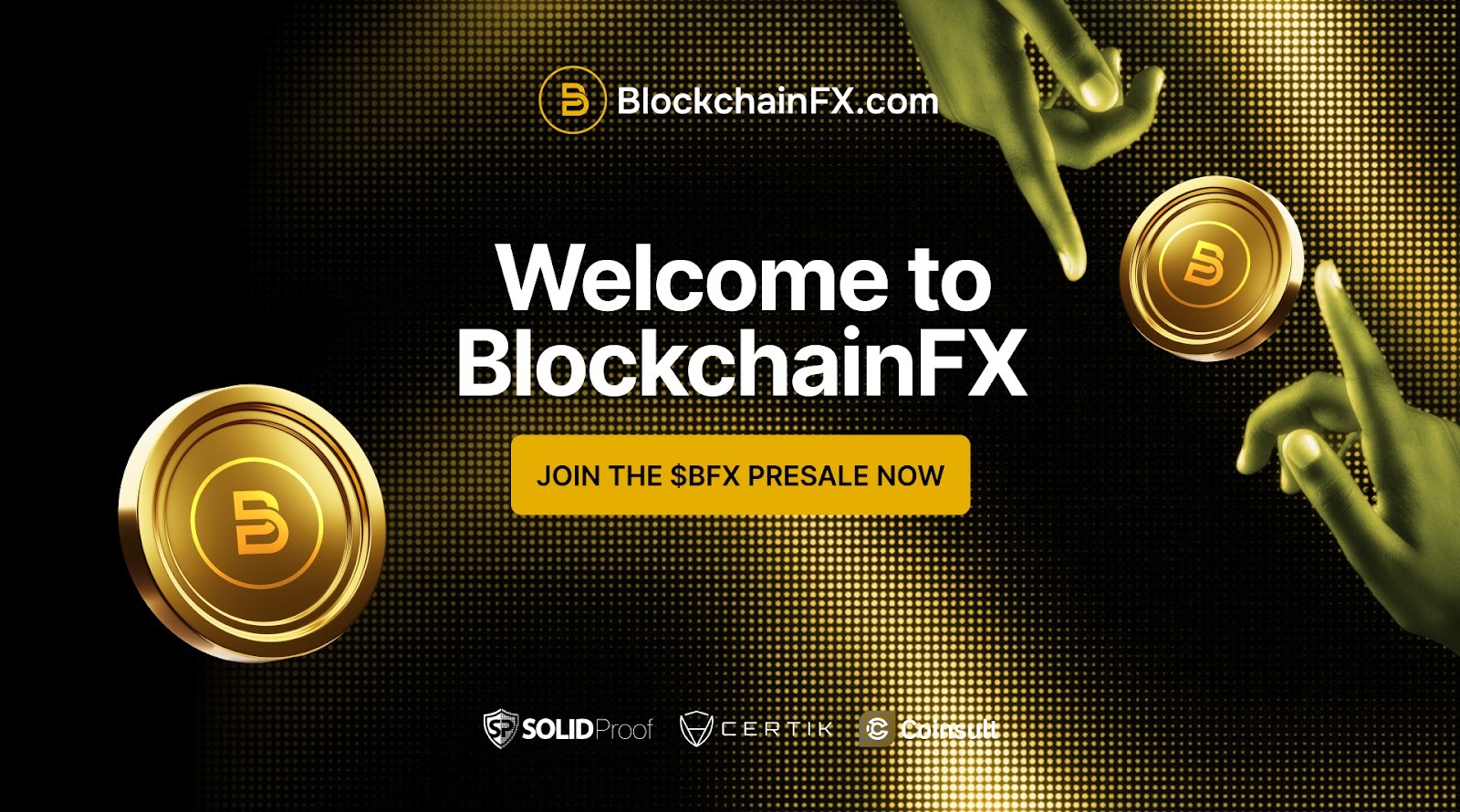Adrian Wall Advocates Stablecoin at UN Assembly

Key Highlights
- Adrian Wall from the Digital Sovereignty Alliance (DSA) addressed a major UN gathering on October 23
- To boost financial inclusion in the world, Wall highlighted the potential of blockchain-based innovations like stablecoins
- However, he mentioned that financial inclusion without financial literacy is a bridge to nowhere
At a major United Nations meeting, Adrian Wall from the Digital Sovereignty Alliance (DSA) argued that for a fairer future, people must control their digital identities and finances.
For the digital asset community, the key highlight of this discussion was Adrian Wall’s push to use stablecoin and blockchain technology to accelerate financial inclusion. According to the World Economic Forum, approximately 1.7 billion people are living without any access to banks. To resolve this issue and provide accessibility to financial services, he pointed to blockchain and stablecoins.
Wall, Managing Director of the Digital Sovereignty Alliance (DSA), spoke at a major UN gathering focused on building a better future by bringing true freedom in terms of having control over money.
In the United Nations General Assembly Roundtable at the UN Headquarters in New York on October 22, he attended a meeting with 48 global leaders to discuss sustainable development. The meeting brought together top experts from around the world, including representatives from Google, the World Bank, and the Malala Fund, to address major issues.
According to the press release, the meeting was held to “advance dialogue on developing inclusive policy frameworks to address some of the world’s most pressing challenges, including climate resilience, equitable economic growth, and responsible technological innovation, with the shared goal of building a fairer and more sustainable future.”
However, Wall warned that just getting access to digital money is not enough. He argued that people must also own their digital identities. He stated, “Financial inclusion without financial literacy is a bridge to nowhere. It is access without empowerment,” said Wall. “True inclusion must be anchored in understanding, agency, and dignity. In the digital age, agency begins with access, and dignity begins with data ownership. Data sovereignty is not a technical issue—it is a question of human freedom.”
Can Stablecoin and Blockchain Technology Help Unbanked People?
Stablecoins are rapidly becoming a crucial part of global finance as many financial giants are preparing to integrate these blockchain-based innovations. At the time of writing, the cumulative market capitalization is standing at around $316.29 billion, according to CoinMarketCap.
Some leading stablecoins, like Tether, USDC, USDe, PYUSD, have emerged as a critical tool for financial inclusion. For debanked users, stablecoins provide self-custody of savings, cross-border transactions, and remittances.
A 2025 Castle Ventures study revealed its role in the emerging market, where users store value in USD-pegged tokens amid hyperinflation to avoid local bank instability.
The boom in the stablecoin market comes after U.S. President Donald Trump signed the GENIUS Act on July 18. This legislation is the first federal framework for stablecoins, which mandates 100% reserve backing with liquid assets like U.S. Treasuries, monthly disclosures, and consumer protections against misleading claims.
The GENIUS Act also bans non-permitted issuers from operating in the U.S., while allowing banks, subsidiaries, and OCC-approved non-banks to issue tokens. This approval has sparked a “banking arms race” away from debanking crypto entities.
This is why recently, many big financial institutions have been rushing to launch their own stablecoin to retain their dominance. For example, JPMorgan has introduced its stablecoin-like token, called JPMD. Similarly, a group of major banks like Citigroup, Goldman Sachs Group Inc., and Bank of America Corp revealed that they were joining forces to introduce a stablecoin.
In Q1 2025, ANZ performed the first public blockchain payments using its stablecoin, which helps unbanked retirees in remote Pacific areas. Transactions hit real-time, bypassing correspondent banking delays, which is critical for 20% of islanders who are unbanked due to geography.
Similarly, Stripe’s USDC-based service targets debanked freelancers and small businesses in Latin America and Southeast Asia.





